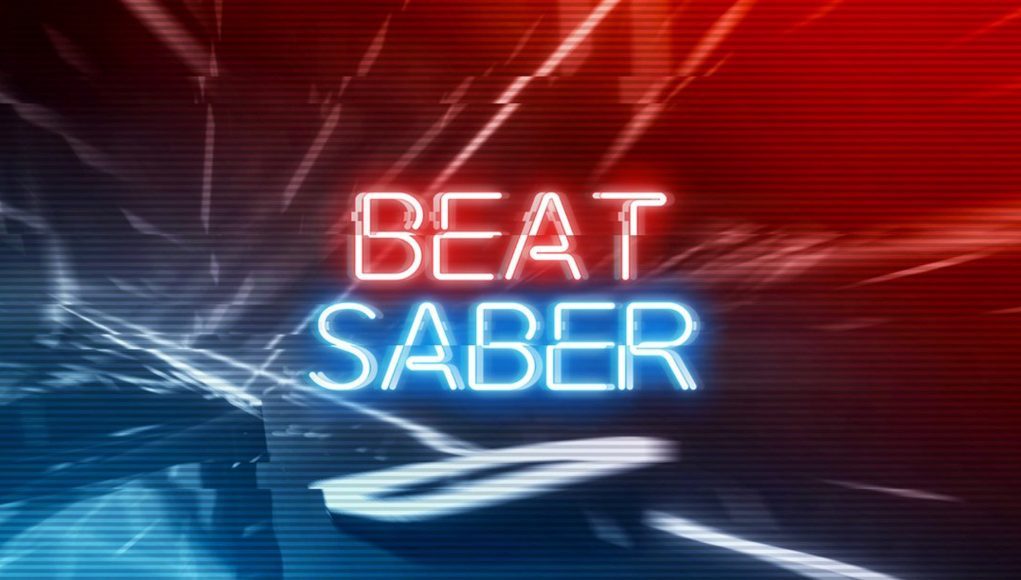In its first month, Beat Saber has sold 100,000 copies across Steam and Oculus, generating $2 million in revenue—another big milestone of success for a game still in early access and made by a three-person indie studio.
Update (05/28/18): Hyperbolic Magnetism has confirmed the new figure of 100,000 units sold, something they say was accomplished in “less than a month” via a recent tweet. The studio also says their level editor, which is poised to bring users a way to bring any music and create & share levels, is still in the works.
The original article detailing the 50K milestone follows below:
Original article (05/14/18): Beat Saber developer Hyperbolic Magnetism confirmed the 50,000 figure on Twitter, suggesting that 100,000 units isn’t far off. At $20 a pop, the game has generated around $1 million in revenue, before the 30% cut taken out by the storefronts.
Considering the game’s independent development, VR’s niche status, and the fact that the game has yet to be launched on PSVR, Beat Saber is a clear indie success, even now just two weeks after its early access launch.
Consider Fez (2012)—one of the best received indie games of the last decade—which took a little more than a month and a half to hit 100,000 unit sales. Yes, it was exclusive to the Xbox at launch, but that still represented a potential audience that was many times larger than all of the high end VR headsets today.
And Beat Saber likely has most of its sales still to come. Despite its polish, the game is still in early access, with the developers still to add one of the top requested features: a track builder for user generated levels. And the game has yet to launch for PSVR, which would increase its potential audience by more than 2 million—which could be more than double what it is with PC VR headsets alone.
Beat Saber’s not-so-secret secret to success seems to have a lot to do with its balance of immediate fun, high accessibility, and motion-driven gameplay—attributes that anyone developing for VR should be heavily considering.







